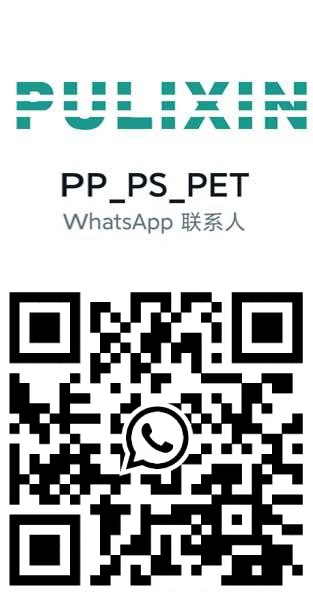PVC Blister Packaging VS PET Blister Packaging
The raw material of blister products is only blister sheets, and the thickness of blister sheets is generally not more than 1.5MM. The blister packaging products mainly use various blister materials such as PVC sheet, PET sheet, PP sheet, PS sheet, anti-static, flocking and so on. It can produce various specifications of electronic blister packaging, stationery blister packaging, toy blister packaging, hardware blister packaging, food blister packaging, and cosmetic blister packaging.

The main advantages of blister packaging are: saving raw and auxiliary materials, light weight, convenient transportation, good sealing performance, and meeting the requirements of environmental protection and green packaging. Blister packaging can pack any special-shaped products, and no additional buffer materials are required for packing. The packaged product is transparent and visible, beautiful in appearance, and easy to sell. And it is suitable for mechanized and automated packaging, which is convenient for modern management, saving manpower and improving efficiency.
The main categories of blister packaging are as follows
(1) Material classification: PVC blister packaging, PS blister packaging, PET blister packaging, ABS blister packaging, PP blister packaging, anti-static blister packaging, PE blister packaging, acrylic blister packaging, flocking suction plastic packaging, etc.
(2) Industry classification: blister packaging for food, blister packaging for medicine, blister packaging for electronics, blister packaging for health products, blister packaging for hardware, blister packaging for cosmetics, blister packaging for toys, blister packaging for daily necessities, etc.
(3) Shape classification: blister packaging tray, blister packaging cover, half-fold blister packaging, tri-fold blister packaging, bottom cover blister packaging, folded blister packaging, etc.
Comparison of blister packaging sheets
The sheet used for blister packaging is called rigid sheet or film, and commonly used are: PET rigid sheet, PVC rigid sheet, PS rigid sheet.
PS hard sheet has low density, poor toughness, easy to burn, and produces styrene gas (a harmful gas) when burning, so it is generally used to produce various industrial blister packaging trays.

PVC sheet is the most commonly used blister packaging material. It is soft, tough, and has good plasticity. It can be made into transparent and various colors. It is often used to make blister packaging for electronic blister packaging, cosmetic blister packaging, toys and gifts blister packaging and other products. It is a very common blister packaging material.
The blister packaging made of PET sheet has hard quality, good toughness, high strength, bright surface and non-ignition. The PET blister packaging is environmentally friendly and can reach food grade. PET blister packaging is available in transparent and multi-color sheets.


Difference between PVC blister packaging and PET blister packaging
1. PET is more environmentally friendly than PVC, especially in food. For example, Coke bottles are PET blow-molded. Because PVC contains halogen, it produces toxic gas of hydrogen hydride when burned, which is not environmentally friendly.
2. PET has much better transparency and scratch resistance than PVC. In fact, the PET used to make the box is APET or PETG, both of which are modified PET, but the ingredients added are slightly different. PVC is blue, APET has some rainbow phenomenon, and APET is high in price.
3. The PVC blister packaging material is slightly softer than the PET blister packaging material.
4. When the PVC blister packaging is folded in half, there will be a white line on the folding line.
5. PET blister packaging will make a relatively clear sound when flicking with your fingers, but PVC blister packaging will not.
Relative News
- Review of the first day of the 2025 Chinaplas exh…
- Application and unique advantages of light blocki…
- PULIXIN sincerely invites you to visit 2025Chinap…
- Today’s shipment – 20 tons of anti-fr…
- Customer Case: Successful Application of Anti-fre…
- How does the impact resistance of HIPS plastic sh…
- How to choose the appropriate HIPS sheet thicknes…
- Application Cases of PS Plastic Sheets in Thermof…
- Today’s shipment: Antistatic PP plastic she…
- Application Case of Antistatic PP Plastic Sheet &…
